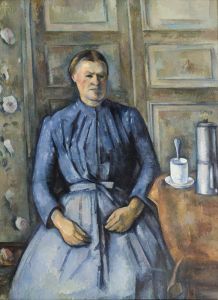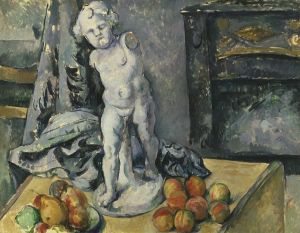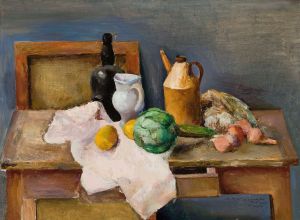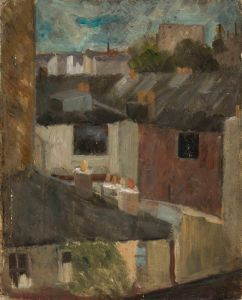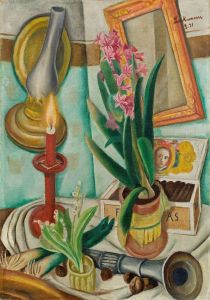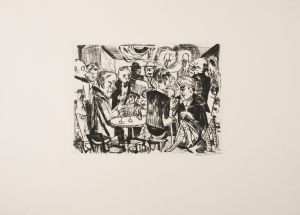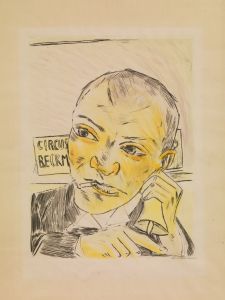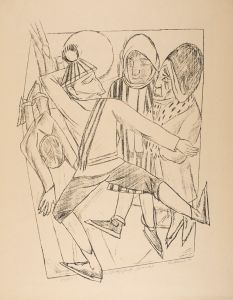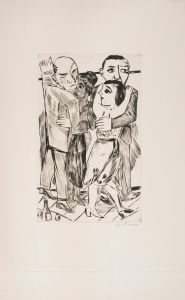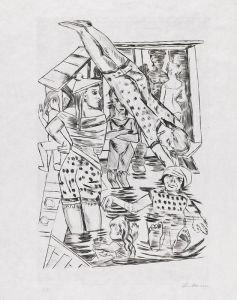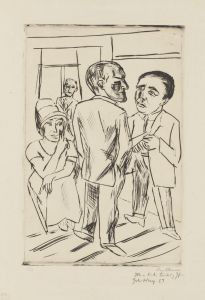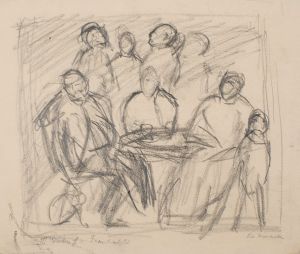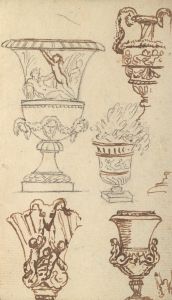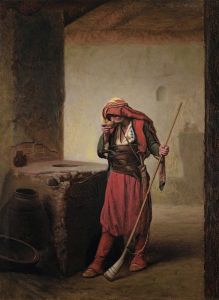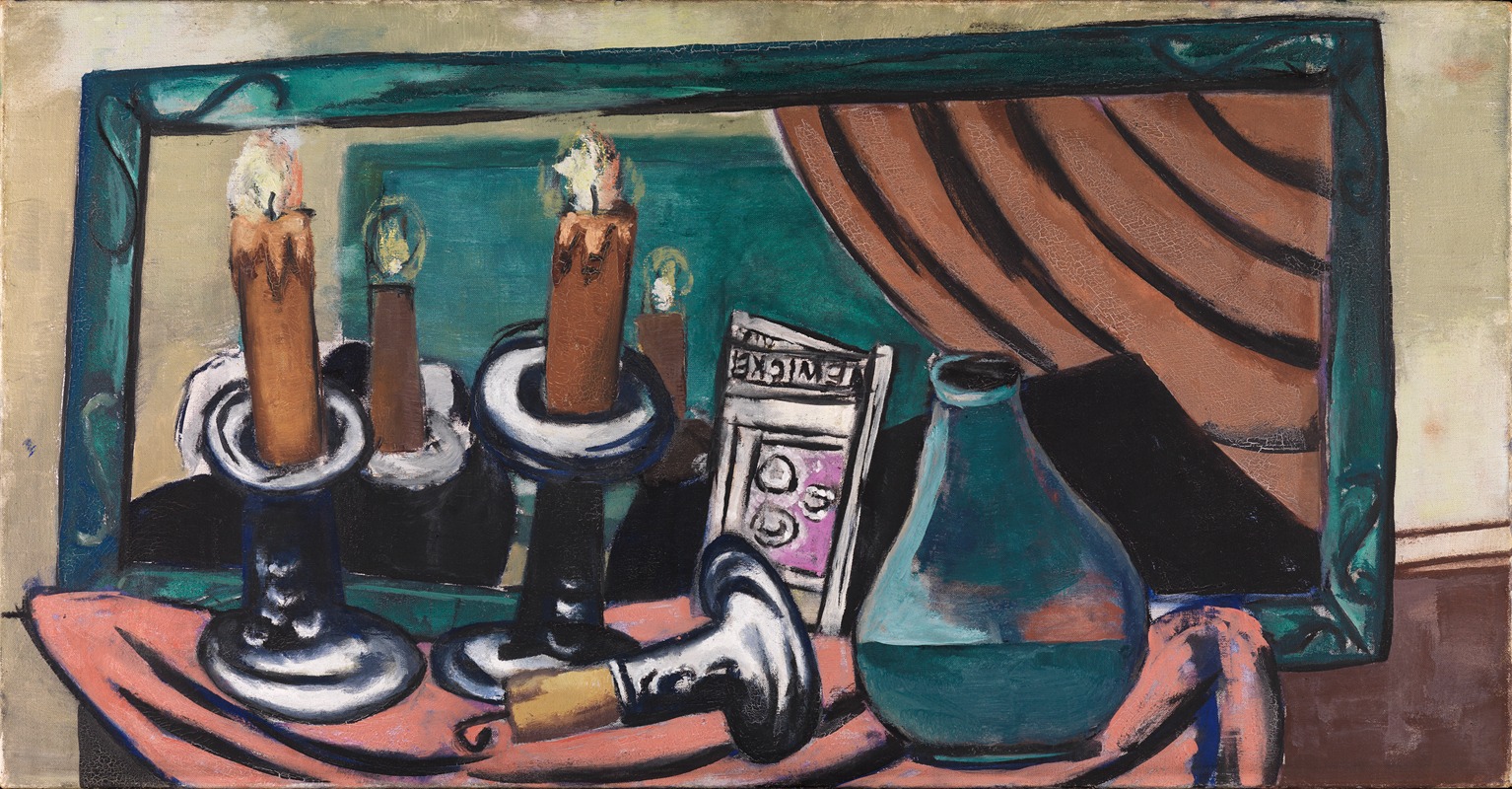
Stilleben mit gestürzter Kerze
A hand-painted replica of Max Beckmann’s masterpiece Stilleben mit gestürzter Kerze, meticulously crafted by professional artists to capture the true essence of the original. Each piece is created with museum-quality canvas and rare mineral pigments, carefully painted by experienced artists with delicate brushstrokes and rich, layered colors to perfectly recreate the texture of the original artwork. Unlike machine-printed reproductions, this hand-painted version brings the painting to life, infused with the artist’s emotions and skill in every stroke. Whether for personal collection or home decoration, it instantly elevates the artistic atmosphere of any space.
Max Beckmann's Stilleben mit gestürzter Kerze (translated as Still Life with Overturned Candle) is a painting by the German artist Max Beckmann, a prominent figure in the Expressionist and New Objectivity movements. The work is a still life composition, a genre Beckmann frequently explored throughout his career. Created in 1929, this painting reflects Beckmann's characteristic style, which often combines symbolic elements with a sense of psychological tension.
The painting depicts a carefully arranged still life scene, featuring an overturned candle as its central element. The candle, along with other objects in the composition, is rendered in Beckmann's bold, angular forms and dark, rich color palette. The overturned candle may suggest themes of transience, mortality, or disruption, though Beckmann himself did not provide explicit interpretations of his works. The composition is marked by a sense of balance and tension, with the objects arranged in a way that draws the viewer's attention to their symbolic and formal qualities.
Beckmann's work during this period often reflected the social and political upheavals of the Weimar Republic, as well as his personal experiences and philosophical reflections. While Stilleben mit gestürzter Kerze is not explicitly political, its somber tone and evocative imagery align with the broader themes of uncertainty and existential inquiry that characterize much of Beckmann's oeuvre.
The painting is an example of Beckmann's transition from his earlier Expressionist style to the more structured and symbolic approach of New Objectivity. This movement, which emerged in Germany in the aftermath of World War I, sought to depict reality with a sense of clarity and detachment, often addressing themes of modernity, alienation, and the human condition. Beckmann's still lifes from this period are notable for their introspective quality and their ability to convey complex emotions through seemingly ordinary objects.
Stilleben mit gestürzter Kerze is held in a private collection and has been exhibited in various retrospectives of Beckmann's work. As with many of his paintings, it continues to be studied and appreciated for its technical mastery, emotional depth, and the enigmatic interplay of its visual elements.





